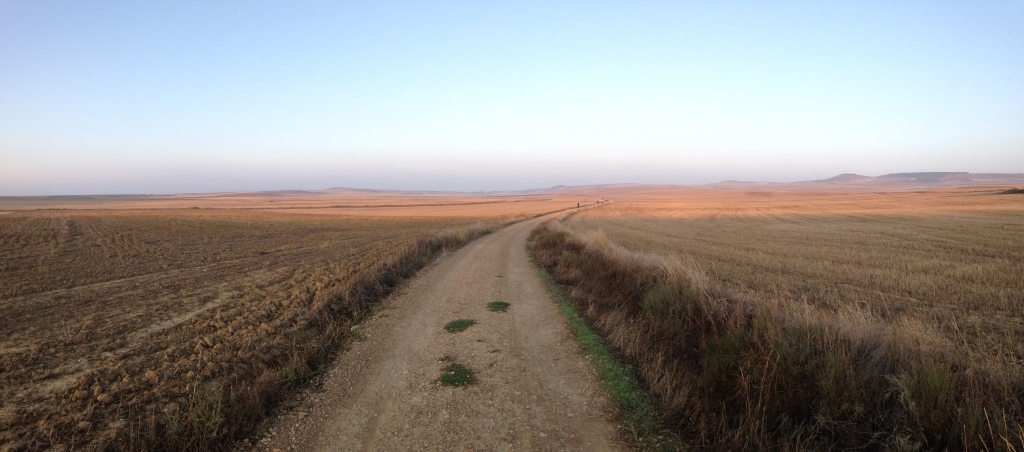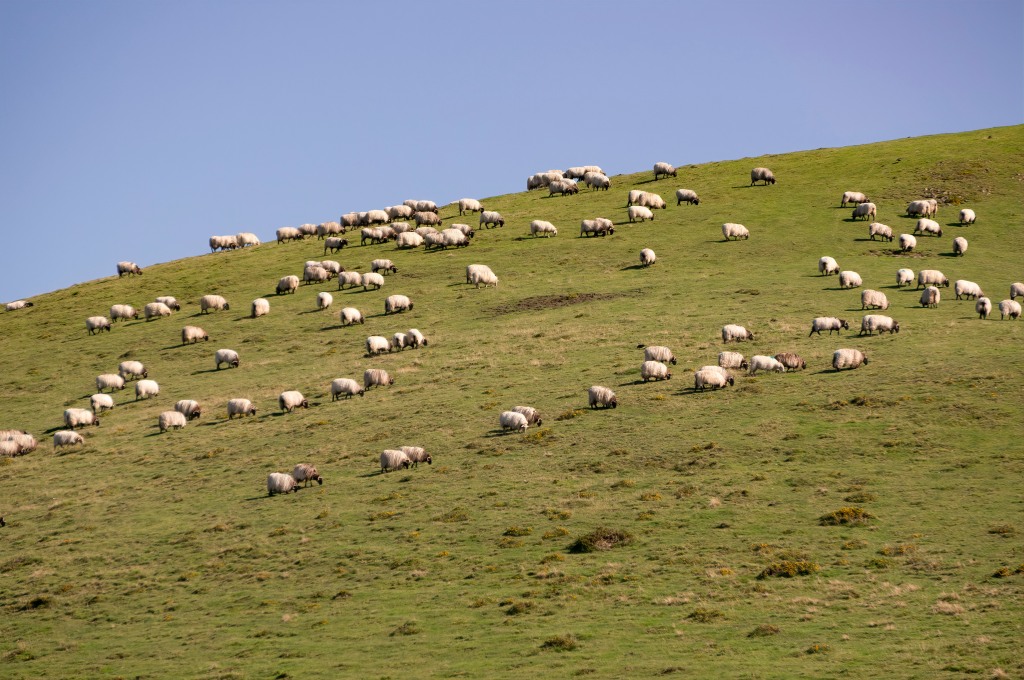Everything Changes – Last Blog

There is a time for everything and everything changes. This will be my last blog entry for the “We Are All Pilgrims” blog. I decided to write this blog as a way to keep folks updated everyday during our Camino de Santiago walk in the fall of 2014. I had so much positive feedback and encouragement to keep writing the blog after we returned I decided to give it a try and just keep writing. This will be blog post number 223 and it will be my last one for the We Are All Pilgrims blog.
Why am I choosing to stop writing this blog? I have really have enjoyed writing this blog and most of the time the words seemed to flow out of me very naturally. I always seemed to have something that came to me that I wanted to say in the blog. Yet, I have to admit, lately, it has been harder, and at times the writing has been a bit forced and not flowing so easily. I have been stretching out the time between blogs and now it just seems like the time has come.
“Whatever has the nature to rise will also pass away” is a Buddhist saying I heard recently and I think that sums it up pretty well. It is time and I am ready. I have gotten so much joy from writing this blog and I heard from many of you over the years how my words have helped or were just what you needed to hear at that time. This has been the energy I needed often to keep the writing going when I was waning. Blog writing is hard in that it is all about being consistent and regular in your publishing of blog entries. That is its nature. This blog has been good for me as I have a personality style that gets all excited about something “new and shiny” (especially “techie stuff”) and then slowly my enthusiasm will wane and I go off to the next “new and shiny” thing. I know I can be proud of keeping this blog up for over 8 years!
One thing I did try to do when I was writing the blog, was “to give myself away” so that in my words there was an honesty and authenticity that I hope came across. Since the experience of walking the Camino is so experiential in how it strains your body, mind and spirit it was easy for me to draw years later on the memories of the Camino. When I reflected on life after the Camino, it was not hard for me to find “kernel’s of wisdom” that linked to the Camino walk.
So, what is next? Like the first part of the Buddhist quote above, it is going to be “whatever has the nature to rise” within me that is going to be next. I do have some “ideas germinating” and look forward to what comes forth. I think that I will likely continue sharing my photos and videos as this still gives me great joy. So, it is fitting then that I leave you with a photograph I took the first day of the Camino as we were climbing up into the foothills of the Pyrenees mountains.

This just seems like the perfect image say goodbye!
“May the road rise up to meet you. May the wind always be at your back. May the sun shine warm upon your face, and rains fall soft upon your fields. And until we meet again, May God hold you in the palm of His hand.”
Blessings,
John
Photograph of the Month










